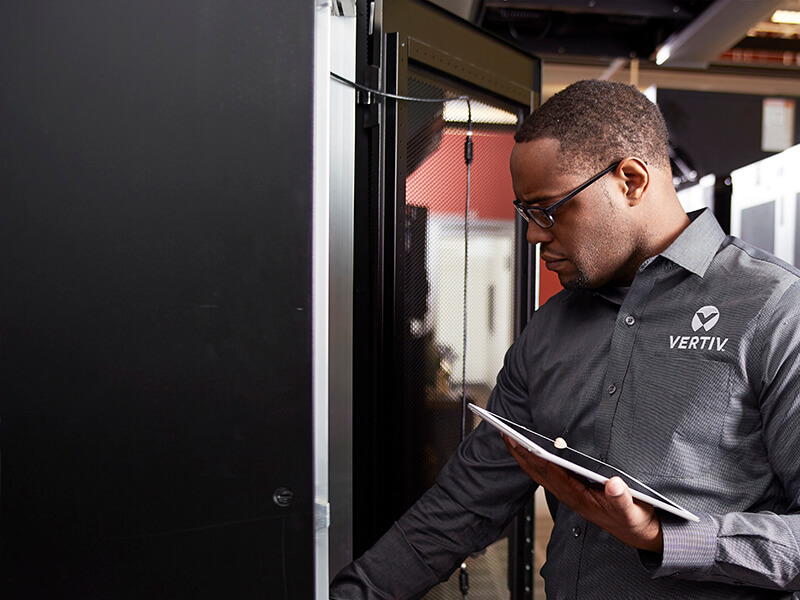Introduction
The demand for mobile communication is continuously increasing worldwide. This trend has been obvious for many years, yet substantial investments are still needed to cope with increasing traffic and new services. This includes new sites, more telecom equipment and more dispersed network infrastructure.
All of this equipment needs energy. New equipment normally is more energy efficient, but that doesn’t offset the growth in traffic. Total power consumption still increases with the increase in mobile data traffic. According to Cisco, global mobile data traffic reached 7.2 exabytes per month in 2016 and is projected to reach 49 exabytes per month by 2021. That’s equivalent to a text transcript of all the words ever spoken – 10 times over.
That kind of traffic has a considerable environmental impact. In fact, greenhouse gas emissions indirectly caused by smartphones are expected to reach 125 megatons of CO2 equivalent per year by 2020. The trend of more power sources generating more carbon dioxide can’t be sustained indefinitely. Therefore, system providers are working hard to reduce energy in every part of the network. The power systems and backup systems required for a reliable network are no exception.
For nearly a decade, rectifiers with 96-97% efficiency have been available, helping to reduce the carbon footprint at many operator sites. As we continue to focus on increasing efficiency and reducing energy consumption, a major milestone in rectifier efficiency has been reached. 98% efficient rectifiers with a flat efficiency curve are now available, optimizing energy consumption at every load condition.
Thanks to technology advancements and components such as gallium nitride (GaN) that enable ultra-high 98% efficiency and improved power densities, power loss can be reduced up to 50% compared to 96% efficient rectifiers. With increasing energy costs becoming a global trend, the payback time for 98% efficient rectifiers is short. Being green has never been more affordable.





